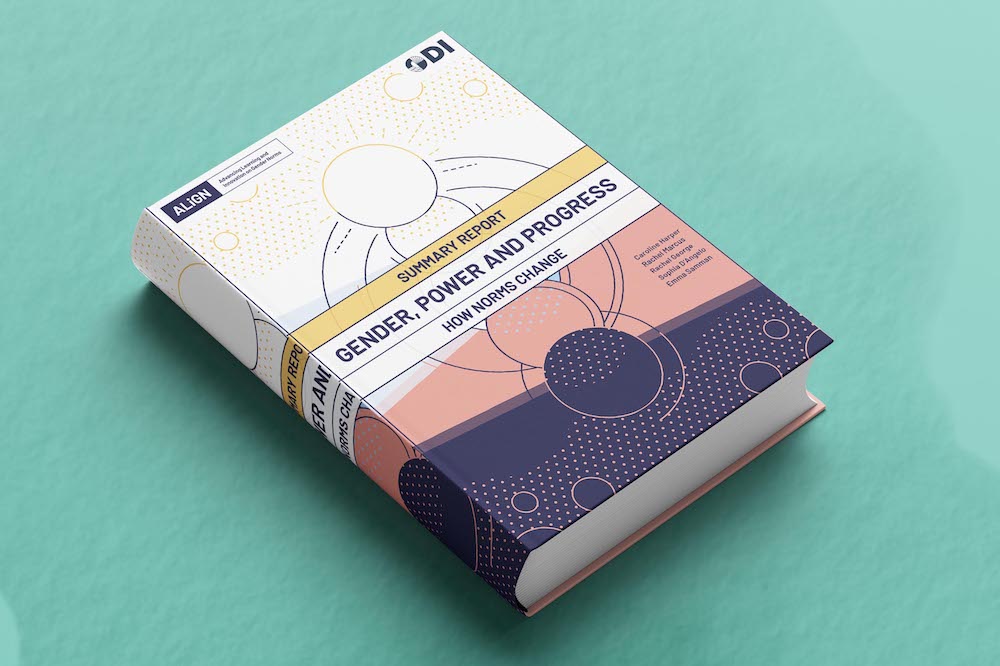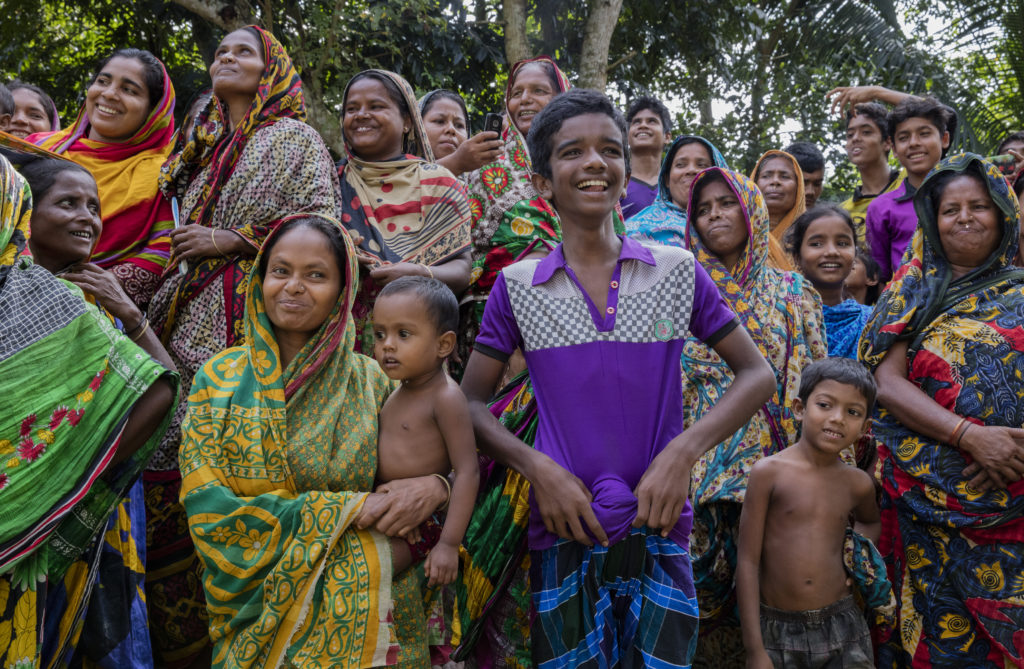Social norms do change, sometimes quite rapidly: Consider how quickly the social rules of communication shifted when email, text messaging, and Facebook became available. The use of these platforms is an example of how norms can shift spontaneously in response to external events.
However, norms often remain entrenched because they serve a useful purpose, remain unexamined, or serve the interests of a powerful social group. When norms limit human development or undermine health and well-being, it is possible to encourage new norms, as has successfully been achieved by social movements and programmes to reduce violence against women, eliminate female genital mutilation, and delay the age of marriage, among others.
Visit our Shifting Social Norms page to learn more about this strategy to prevent violence.
- Gender expectations are continuously reinforced through human interaction and the wider world.
- From infancy onwards, children internalise the gender rules of their culture, which become the foundation of stereotypes and implicit bias.
- Deviations from the norm are sanctioned, and efforts to transform existing gender relations can evoke backlash from those who benefit from the status quo.
“For norm change to be sustainable it must capture the hearts and minds of individuals and transform society as a whole. In other words, it is not only personal social expectations, attitudes and behaviour that must shift, but also the ways in which these are represented and enforced in wider society, across all the formal and informal rules and laws and practices that govern the way human beings behave.”
ALIGN & ODI (2020)
- Throughout history, movements have successfully challenged discriminatory social norms, especially those that frame certain groups as inferior and restrict social freedoms.
- Critical reflection and deliberation on values can also shift social norms. Individuals and groups must first learn to recognise a norm as collectively constructed and therefore open to change.
- Small-group processes must be supplemented by structured efforts to diffuse the norm through community engagement, immersive theatre, media, and other forms of organised dissemination of ideas
- An effective strategy is reframing a norm (such as using corporal punishment) as antithetical to a core value (such as wanting the best for one’s child). Sessions to shift norms must be problem-posing rather than didactic and provide new alternatives (such as non-violent forms of discipline) in addition to catalysing reflection.
- Well-executed and sustained efforts to encourage female employment, support the education of girls, and reform discriminatory inheritance and family laws can help to transform gender roles and norms.
- Conflict, economic upheaval, and migration present moments of opportunity in which existing norms are forced to bend or yield to new realities.
- Norms change often requires addressing structural and institutional arrangements in addition to local beliefs systems to effect sustained change.

TRANSFORMING GENDER NORMS FOR VIOLENCE PREVENTION: THE WHAT, WHY, AND HOW

Gender, Power, and Progress: How Norms Change (Summary Report)

Addressing Social Norms in IPV and Women’s Economic Empowerment

The Potential of a Community-Led Approach to Change Harmful Gender Norms in Low- and Middle-Income Countries

Applying Theory to Practice: CARE’s Journey Piloting Social Norms Measures to Gender Programming

